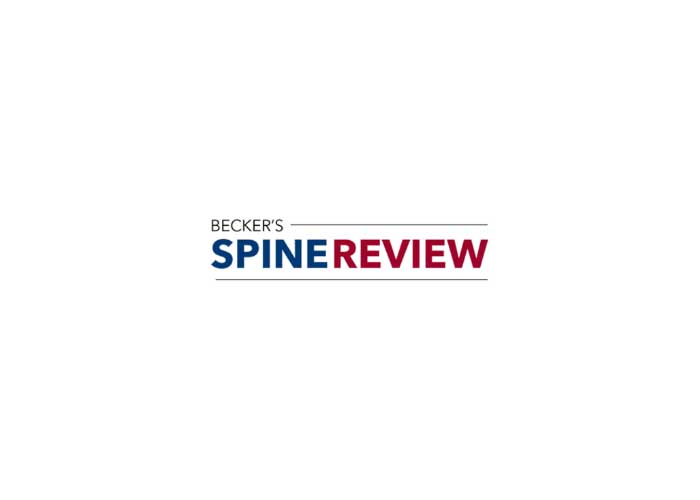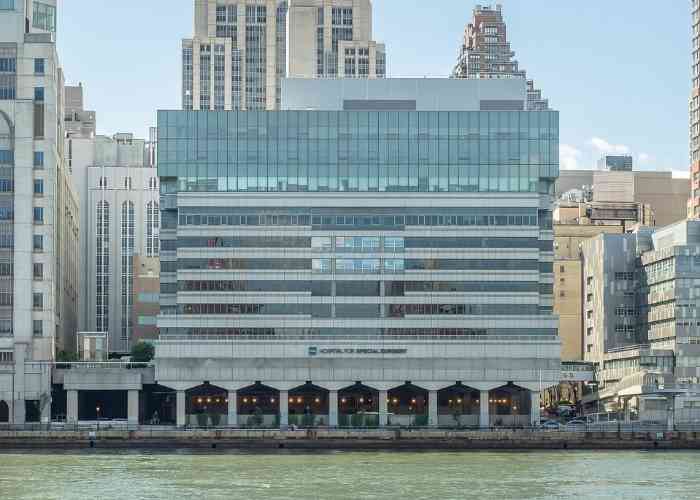POST-OPERATIVE INSTRUCTIONS for SHOULDER ARTHROSCOPY WITH ROTATOR CUFF REPAIR
DR. ANSWORTH A. ALLEN. MD
PAIN:
Your prescription for pain medication will be sent to your pharmacy on file.
After the first day or two, as the pain lessens, you may decrease the frequency with which you take the medication.
Remember, the medications are not necessarily meant to completely eliminate your pain, only to make it more bearable.
It is also helpful to use ice or cryotherapy unit as directed to decrease pain and swelling.
If these measures are not adequately controlling your pain, please call our office.
If it is after hours, call the office and page the physician or physician assistant on call.
Narcotic pain medications can cause constipation; you may wish to use an over-the-counter stool softener to help prevent this.
DRESSINGS:
You will have a soft dressing applied over your incisions.
It is meant to absorb any leaking blood or fluid, and to protect from infection.
Leakage immediately after surgery is normal and actually helps to drain some of the fluid that accumulates in the joint during surgery.
The dressings may become moist or blood-stained; this is normal and usually not a cause for alarm.
BATHING:
You may remove your dressing (leave Band-Aids or steri-strips on) 48 hours after your surgery to take a shower.
You will need to cover the incisions with waterproof dressing. Once the incisions are covered you may let soap and water run gently over the extremity, Do Not wet the incisions.
Pat them dry with a towel, then recover each of the incisions with a bandage.
You may not soak, submerge in a bathtub or go swimming until your sutures have been removed and your incisions are well healed.
You should remove your sling/immobilizer to shower, but if you had a repair, you must use a mesh sling for showering.
SLEEPING:
It may be helpful to sleep in a recliner initially after your surgery.
This position is often more comfortable at first, helps to “elevate” the shoulder, and will help prevent you from moving around too much while you are sleeping.
You may transition to a bed as soon as it is comfortable to lie in a more flat position.
You may need to use pillows to prop yourself up slightly as you are making this transition.
It may be anywhere from a few days to a week or two before you are able to sleep comfortably in a bed.
DRIVING:
You may NOT drive while you are taking pain medications or when you are in an arm sling.
Once you have discontinued the pain medications, your doctor will let you know when it is safe to drive depending on your specific procedure.
AFTER SURGERY:
Your arm should remain in the shoulder sling/immobilizer at all times; although you may remove it to shower, and a few times a day to bend and straighten your elbow and wrist as long as your arm stays at your side.
10-14 DAYS POST OP:
You will have your first office visit.
If you have non-absorbable sutures, they will be removed at this visit.
You will review surgical pictures and be given the opportunity to ask questions.
You may be taught gentle pendulum exercises to help decrease the development of stiffness, which you should do 2-3 times daily.
Continue wearing the sling/immobilizer the remainder of the time.
4-6 WEEKS POST OP:
At this time, you will begin physical therapy to help improve your range of motion.
Once therapy starts, you will be allowed to discontinue the sling/immobilizer and begin moving the arm on your own.
It will be stiff and sore and fatigue easily, so you may need to wean out of it slowly over a few days.
You still should not lift anything heavier than a glass of water or plate of food.
8-12 WEEKS POST OP:
You will have follow-up office visits every 6-8 weeks until fully healed.
You may continue to use your arm for daily activities, but should not lift more than a 3 lbs.
Strengthening begins with light weights and increases slowly with the help of your physical therapist.
3-4 MONTHS POST OP:
You will likely finish physical therapy, but should continue with your home exercises to improve range of motion, strength, and function.
6 MONTHS POST OP:
If things have progressed as expected, you will likely be cleared by Dr. Allen to resume most activities as tolerated.
Be aware that, for some people, it may actually be a year or more after surgery before you have full motion and strength.
Many patients will have a final office visit between six months and one year post-op, depending on your recovery progress and the size of your tear.
*Please note that the instructions provided above are general guidelines to be followed; however, any written or verbal instructions provided by Dr. Allen supersede the instructions above and should be followed.






